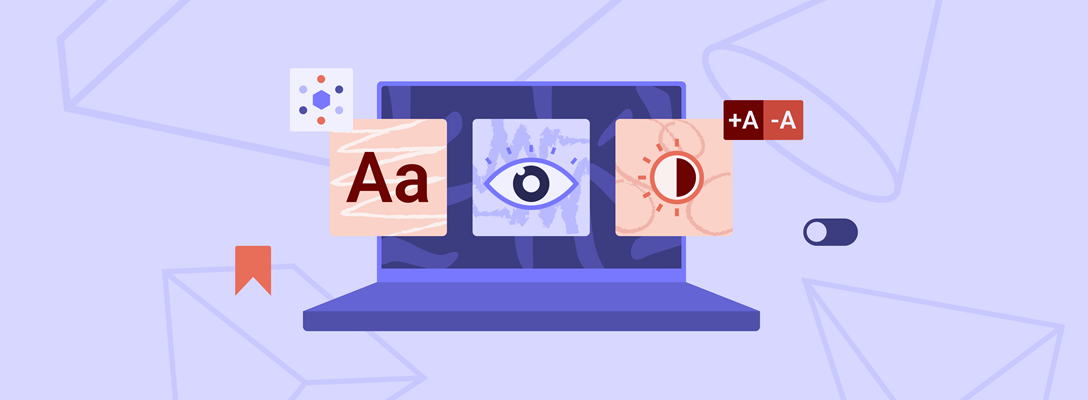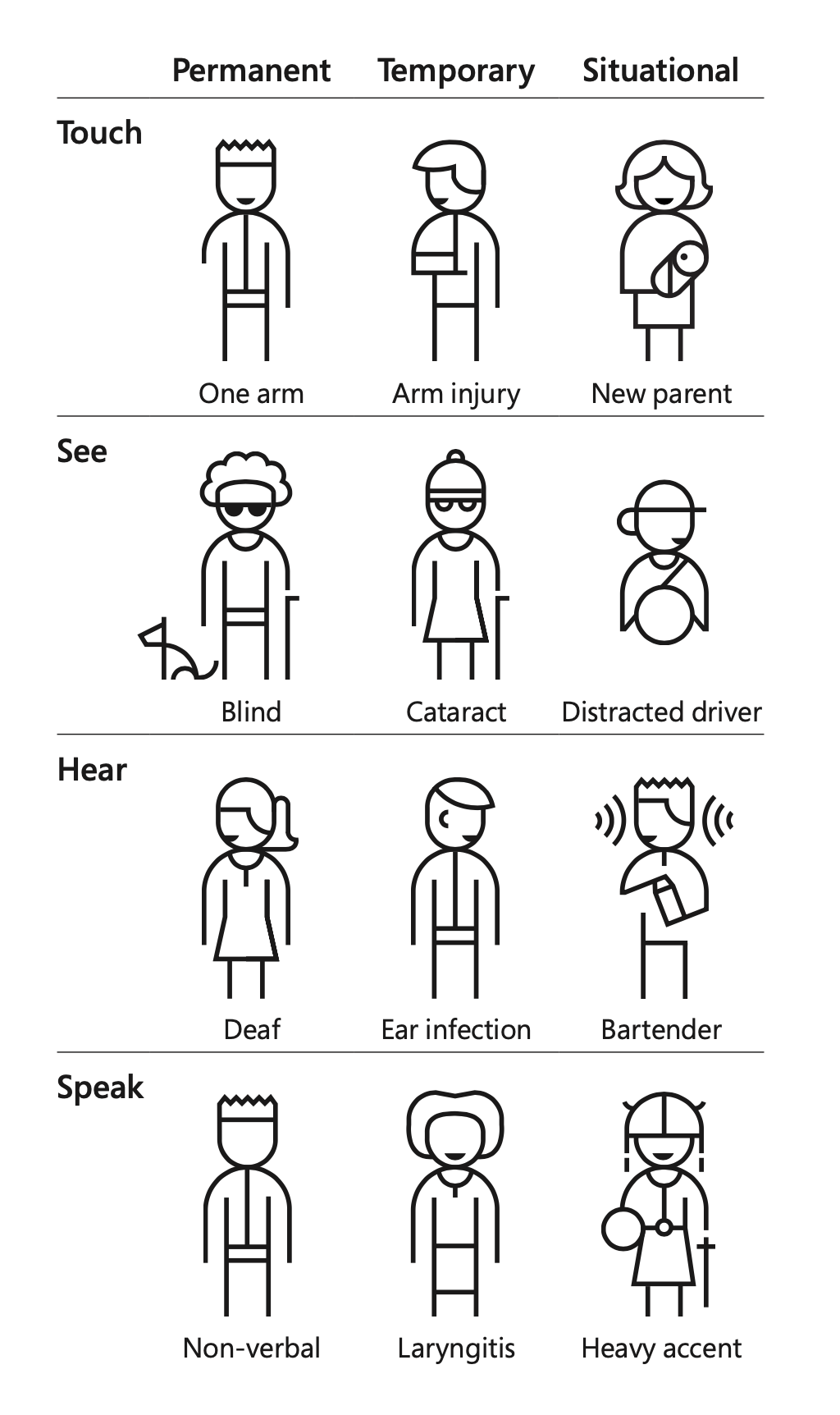
Disability, accessibility and frictionless user experience
By Jason Cham, Senior UX Designer and Ronan Sprake, Senior UX Designer
There are many types of disabilities. We know these can result in a person having difficulty seeing, hearing, learning or remembering, or impairments to movement. But did you know that as a whole, people with disabilities form one of the largest user groups in the world?
According to the World Health Organisation, more than 1 billion people are estimated to experience disability. That’s about 15% of the world's population – the largest global minority group. To put that into perspective, the World Population Review estimates China’s population at 1.4 billion and the United States at a population of 333 million.
“Accessibility is the concept of whether a product or service can be used by everyone – however they encounter it.”
What is accessibility?
We often think of accessibility as giving everyone equal opportunities, no matter their ability or circumstances. Just as it would be wrong to exclude someone from a physical building because they are in a wheelchair, we shouldn’t exclude someone from a website or app because they have a visual or motor impairment.
Delivering digital accessibility
At GBG, creating accessible, intuitive and easy-to-use services is a fundamental commitment to our customers that demands that the user experience is as good and as inclusive as it can be. And it's simply the right thing to do given GBG's commitment to inclusion and frictionless customer onboarding experiences.
Our UX team are on a journey to build accessibility into service design in three key ways.
GBG UX Centre of Excellence
We have recently created a UX Centre of Excellence that will define processes and standards for user experience. This includes the minimum standard of accessibility that GBG products must meet before they can be released.
GBG Foundation Design System
This system will only contain UX components that have been designed and tested with accessibility in mind enabling the widest possible audience to use them. The system ensures that all GBG products have accessible foundations to build on.
GBG accessibility audits
We are starting to carry out accessibility audits on all GBG products with the aim of reaching WCAG 2.1 AA standard throughout. The audits are a combination of automated tests and manual checks with assistive technologies against the WCAG 2.1 guidelines.
“By making UX design inclusive and our services more accessible, we improve the experience for everyone.”

Excellent UX benefits everyone
While we focus on the experience of people with disabilities, the practice of making digital products more accessible benefits everyone, for example:
- people using smartwatches and other devices with small screens and different input methods
- people who are short of time and easily distracted
- people experiencing ‘situational limitations’ such as bright sunlight or an environment where they cannot listen to audio
- people using a slow or limited internet connection
Inclusive design involves learning from people with a range of perspectives, making sure our services benefit the widest possible audience. By making UX design inclusive and our services more accessible, we improve the experience for everyone, not just those who have disabilities.
Sign up for more expert insight
Hear from us when we launch new research, guides and reports.